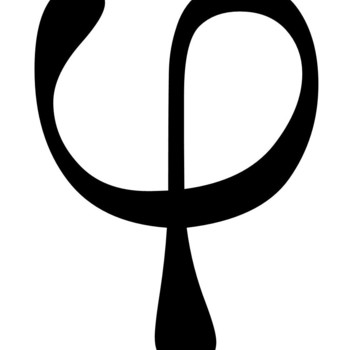Question #e42ce
2 Answers
Jan 22, 2018
Explanation:
Now,
Jan 22, 2018
Explanation:
Take
Now, we have
Here,
Use the quadratic formula
However,

